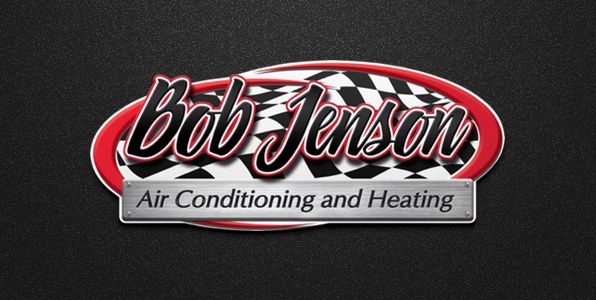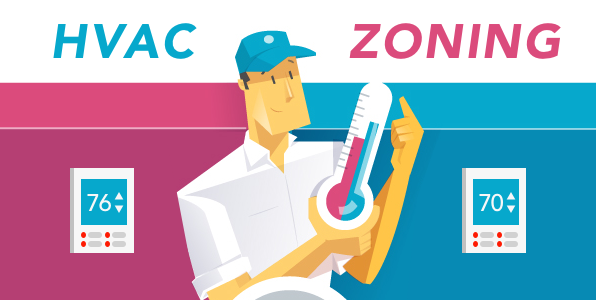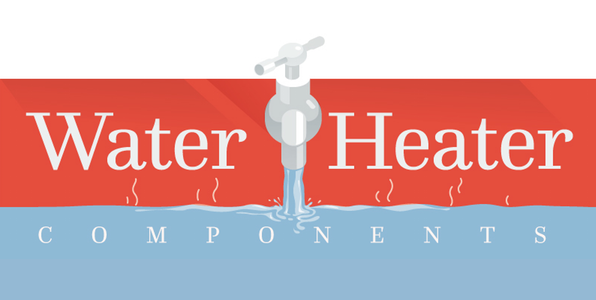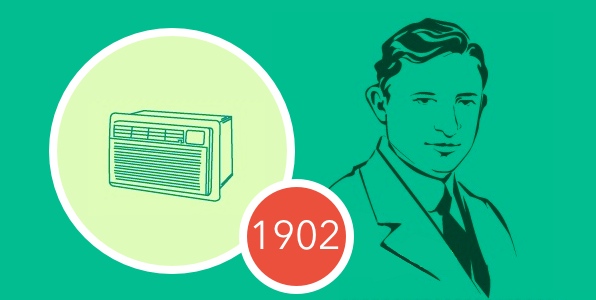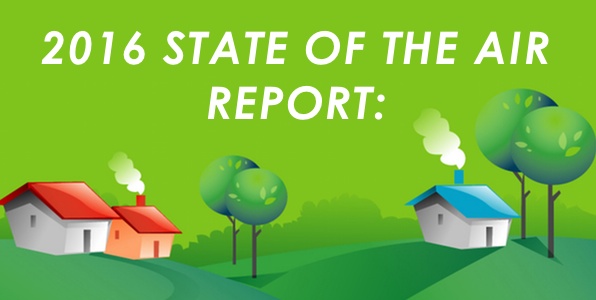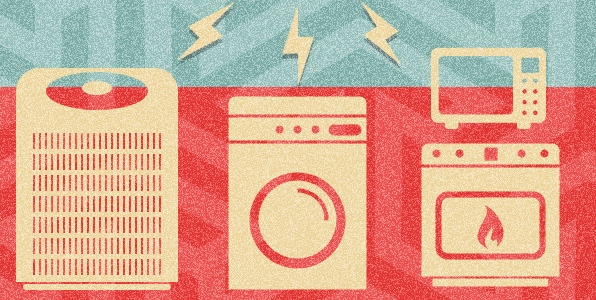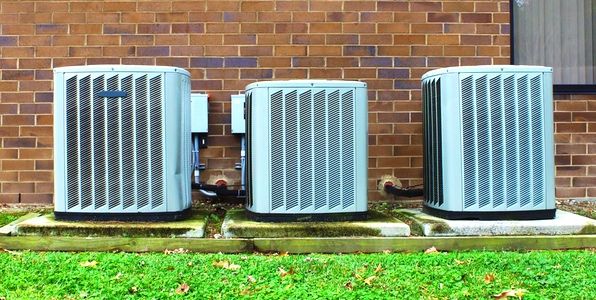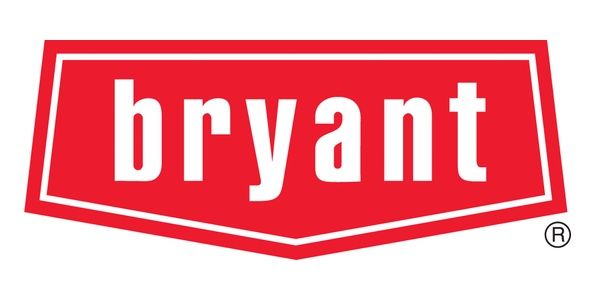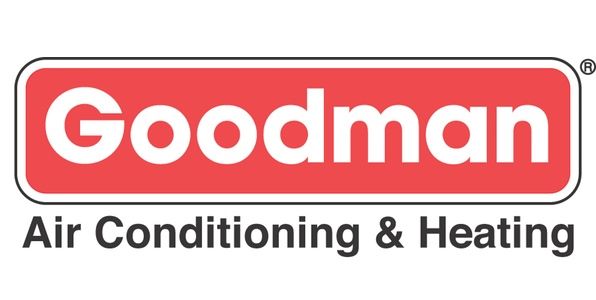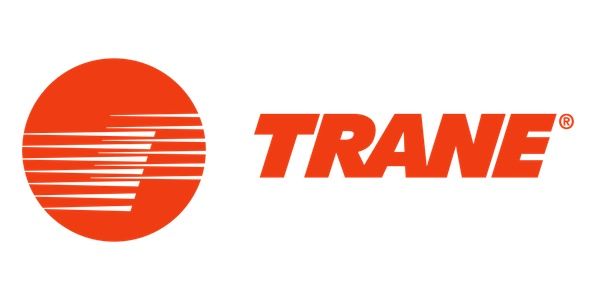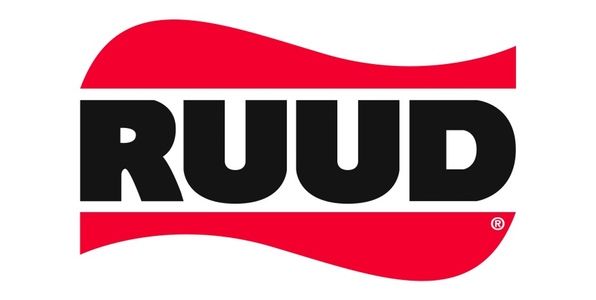6 Helpful Bob Jenson HVAC Articles
At Bob Jenson, we love finding new opportunities to share professional industry advice about the HVAC industry, heating, and cooling practices, so you can enjoy a more comfortable life. That’s why we not only share helpful guidance and tips on our own blog, but we write posts for a range of other great publications too!
Today, we’re going to take a closer look at some of our favorite pieces published across the web, and discuss what you could learn from each one. From addressing your most crucial heating and cooling needs, to giving you an insight into how to improve your health with air quality, and reduce utility bills with energy saving tips, there’s something for everyone in this list.
1. Busting Energy Saving Myths
Green living and energy conservation have been popular concerns in recent years. Not only can learning how to effectively save energy reduce your energy bills, but it can also limit your negative impact on the environment. As new innovations and technologies emerge, becoming energy efficient is easier than ever, but it’s not always as simple to distinguish the real tips from the misunderstandings and myths.
To help separate fact from fiction, we’ve published a list of the most common energy-saving myths on Decorating Buzz, a website dedicated to providing extensive home decorating tips and advice for the average homeowner. In this article, you’ll learn everything from the difference between energy efficiency and conservation, to the truth about using your thermostat to heat your rooms more effectively.
2. Air Quality and Your Sleeping Patterns
We all know that sleep is crucial to good health. What you might not know is how your air quality could be affecting your slumber. Though we frequently blame lumpy mattresses and specific foods for sleep disturbance, the truth is that your indoor air quality could be affecting everything from the way your brain works, to how you respond to allergens.
In this article on Home Décor Expert, a publication for interior designers and home improvement enthusiasts, you’ll learn the truth about air quality’s impact on your sleep. We’ll even give you a deeper insight into the dangers of interrupted sleep, how air quality can increase your risk of sleep disorders, and what you can do to breathe a little easier at home.
3. Air Quality in the Workplace
Air quality isn’t just something to worry about at home. After all, we spend a significant portion of our waking life at work. In this blog published by Techsling, a website for digital news, resources, and exciting business information, we’ve taken a closer look at the problems with air quality in the average workplace.
In this article, you’ll learn the truth about why air quality is so important, not only to human health but to productivity too. In fact, research suggests that work performance can improve by as much as 10% with an adjustment to air quality. You’ll also discover how air quality impacts employee productivity, and what the government says about adjusting professional standards.
4. Do Smart Thermostats Save you Money?
Have you ever wanted to make your home smarter? Smart thermostats are an exciting new heating and cooling solution that potentially offers a range of benefits to homeowners, yet most people don’t understand their true value.
Another favorite Bob Jenson article published by Decorating Buzz examines whether smart thermostats can really lower your utility bills, and how you can use them in your day-to-day life. You’ll discover how the latest technology uses smart data to adjust to your preferences, and what some of the most popular options are on the market. We’ll even help you to see exactly where you can save cash with your smart thermostat, and discover whether an upgrade is really right for you.
5. How to Improve Air Quality for Asthmatics
Air quality is a concern for everyone. After all, the air we breathe can have an impact on everything from sleep quality, to productivity, and even respiratory conditions. For asthmatics however, improving air quality is crucial to ensuring a higher quality of life.
In this piece published by Share – How To, we’ve taken a closer look into the connection between asthma and air quality. Here you can learn some of the most effective ways to improve air quality for asthmatics, from using HEPA filters and dehumidifiers, to exchanging bad habits for good hobbies. Share – How To is a fantastic resource website, filled with useful how-to guides on everything from education, to health and home improvement.
6. Poor Indoor Air Quality Cause and Effect
How much do you really know about poor indoor air quality, and its cause and effect? Many people assume that the air they breathe is clean, but the truth is that it’s hard to identify the polluted particles that pervade our every breath.
In this article published by Decorating Buzz, we’ve offered a comprehensive look into the truth about poor air quality in today’s world. You will learn everything you need to know about what causes poor indoor quality, the most common sources of air pollution, and the dangerous effects of contaminated indoor air. We’ve even covered some quick and simple tips on how to improve air quality.
Those are just some of our favorite Bob Jenson pieces from around the web. Why not check them out to learn more about heating and cooling, air quality, and how to save energy in your home?
